-
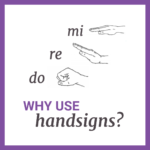
The what, how and why of handsigns
Why use handsigns? Each Solfa note (do, re, mi etc.) has a certain shape you make with your hand whenever you sing it – a handsign. As you sing the notes, you also move your hand up and down in a way that matches how the pitches are moving. It’s this approach that means you […]
-
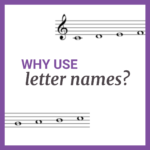
Let’s learn about letter names!
Music language is the method of human communication, either sung, played or written, consisting of the use of notes, in a structured and conventional way. If we’re thinking in terms of language, In music, letter notation can be a system used to represent pitches. In conventional Western note-naming, these are the letters A-G. These letter […]
-

Why music literacy is as easy as do – re – mi!
What is Tonic Solfa? Tonic Solfa or Moveable do Solfa is a system of note naming in which every note within a scale is given a name based on its relationship to the other notes within that key. This is called tonic, functional or moveable do solfa as each name represents the function of that particular note (for example the […]
-

Sounding out rhythms = naming & knowing
Here at DSMusic, we’re big on the idea of really knowing concepts – understanding the what and why so you’re able to apply it to your music contexts in a practical way. Part of our approach to fostering musicianship skills – being musically literate, that is – involves rhythm names (you know, all that ta […]
-
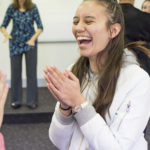
Memorisation & Music Learning
An important aspect of any musicianship, music literacy or music aural and music theory work we do is memorisation. This is where you memorise a specific concept or element (e.g. scales or chords etc.) or activity (e.g. a melody or rhythm etc). The obvious reason for doing this is so that the information is there, in your […]
-
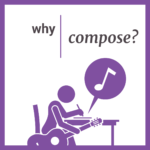
Why you should compose when practicing music literacy skills
Composition, just like performance, is a beneficial way to apply your music aural and music theory skills – what we call musicianship or music literacy – and to foster creativity. In the same way playing an instrument or singing gives you a chance to combine your practical technique, sound production and interpretation, composition is informed […]
-
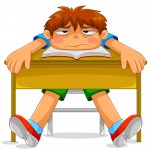
Practicing Transcriptions
It’s not as easy as you think! When we do transcriptions with our students in class that is exactly what we are practicing – the process of TRANSCRIPTION! Yes of course we do have to learn and practice that process but it is learning and practicing the content of the transcriptions that will actually help […]
-
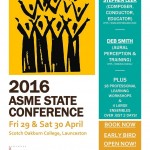
My Tasmanian Adventure
A couple of weeks ago I was one of the key note presenters at the ASME (Tasmanian branch or “TASME” as it’s affectionately known) conference, held at Scotch College Oakburn in Launceston. Having never been a key note speaker before and having never visited Launceston either I was VERY excited (and just a tad nervous). […]
-
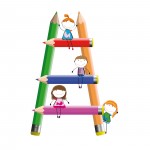
Tone Ladders (What are they & how do I use them?)
What are Tone Ladders? Tone Ladders are a great way ofvisually representing pitch in anintervallically accurate way –that is so long as the intervalsbetween the notes are representedaccurately on the tone ladder. For example, if a tone ladder looks like this: or this: it is NOT representative of the different intervals between the notes e.g. of […]
-
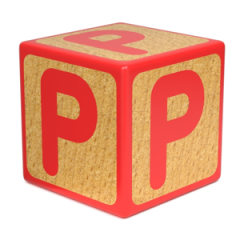
The Three “Ps” (Preparation, Present, Practice) Kodály Fundamentals
What ARE the Three “Ps” One of the first things an aspiring Kodály teacher is taught when embarking upon any Kodály course are the Three Ps – Prepare, Present and Practice. These three things form the basis of the process we use to teach ANY and EVERY element of music. Our belief is that students […]
-
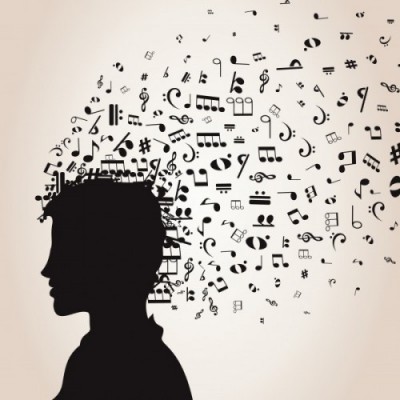
FAVOURITE QUOTES ABOUT MUSIC and MUSIC EDUCATION
Often, when asked to speak at various conferences or workshops on a particular topic, I like to find a quote that reinforces what I am talking about. Over the years I have put together quite a list which I thought I would share with you. Of course there are many more great quotes out […]
-

What is DSMusic?
Deborah Smith has taught music in many classrooms, ran Music Departments in schools and now helps students and educators to keep making wonderful music through DSMusic. She is active in the Kodály space – lecturing, advocating and creating content that supports this comprehensive music literacy approach. DSMusic is built from understanding the realities of the classroom […]
-
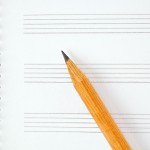
It’s no big deal – Improvising & Composing in the Everyday Music Lesson
Improvising and Composing are NOT Scary! As a teacher I often avoid the things that I think I am not good at e.g. improvising and composing. Of course I CAN improvise and compose but I am not comfortable improvising and composing. Does this mean I shouldn’t teach my students how to improvise and compose? Of course not! […]
-
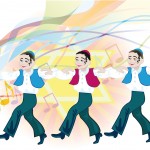
Movement Activities for Older Students
I frequently teach older students (17 and 18 year olds) for long periods of time at a stretch. I want to break up these sessions with activities to keep their concentration levels up, but don’t want to let them take a real break as they tend to take twice as long as I allow (“I […]
-
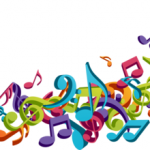
Musical Games and Movement Activities for Instrumental Groups
“We should see the child as the musician and the instrument as the expression of the inner musician”. The use of musical games and movement activities in instrumental programs of any kind enhances our students’ enjoyment of music. It also fosters a positive attitude within the classroom. It can be an introduction to singing for […]
-
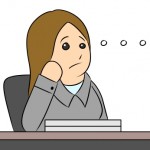
do re mi songs that are NOT Hot Cross Buns
Tired of the same old do re mi songs? Me too. So here are four you may not know for your song collection. Girl with clock and pirate images courtesy of photostock Bored teacher image courtesy of saphatthachat Flea image courtesy of debspoons All available at FreeDigitalPhotos.net
-
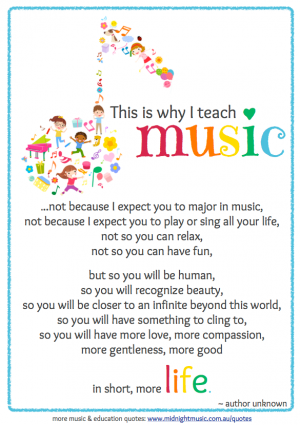
Why Teach Music?
We are being bombarded by articles in the press, on the internet and everywhere in between, about why music is such a valuable subject to teach our children. There are reasons both musical and non musical for including music as a core subject in our very crowded curriculum. Plato said “I would teach children music, […]
-
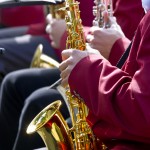
How to Extend Your Most Musical Students
Something I love about teaching music literacy, musicianship, aural and theory using the Kodály method is how easy it is to create extension ideas and activities suitable for the HUGE range of student abilities within our classes. As any music teacher who has taught the first year of high school will know, our student’s abilities […]
-
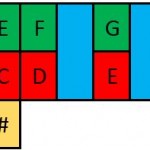
Teaching Key Signatures by Jeremy Howard
Sound before symbol! Welcome to our very first guest post, kindly written and shared by Jeremy Howard. Jeremy is a Kodály teacher in Kentucky, USA. You can follow Jeremy’s fantastic Kentucky Kodály Classroom blog here.Thanks so much Jeremy! Teaching key signatures can be difficult since there is no associative “sound”. How does one then teach key […]
-

Great TED talks for music educators (and students)
As we head into our school holidays I thought it might be a great opportunity to enjoy some inspirational speaking via some amazing TED talks by musicians and music educators. Here’s what I consider to be the pick of the bunch. Enjoy! PS Do you have a favorite TED talk? Share if you do! Richard Gill: […]
-
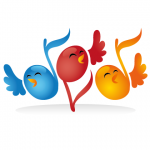
Jumbala Lyala – a new game for 3 metre
Have you noticed that, in Western cultures, we don’t sing a lot of songs in 3 metre?This means our students find it hard to use 3 metre for composing and improvising, as well as transcribing, as it is not part of their regular music language. I originally created these actions to highlight the accents in […]
-
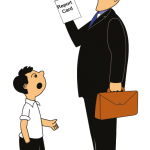
Report Comments
For many teachers throughout Australia this time of year means one thing: REPORTS!!!! I can’t reinforce more what Denise Gagne from Music Play says (http://www.musicplay.ca): “Report cards are not anyone’s favorite job, but it’s important to communicate how the students have progressed in music. If we don’t assess, evaluate and report on what we’ve taught, […]
-
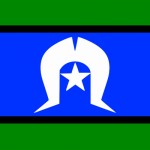
Taba Naba – traditional song, new game!
It’s usually around this time of the year that I start getting bored with the games I am using with my Year 7 & 8 classes. (Note that I say “I get bored – not THEY get bored? We get tired of things much faster than our students do. Still it’s nice for us to […]
-
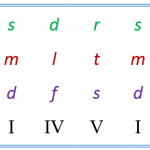
Chord Canons
Two things I don’t cover enough in my classes are harmony/chord work and composition. Here’s an activity that covers BOTH and your older students will LOVE it! Once your students have learned the primary triads in a Major key and can sing these triads in various ways try this chord canons activity to practice but also to show how INCREDIBLY easy it is […]
-

Some other great music blogs for you to watch out for
Mrs Miracle’s Music Room Love this blog! Mainly junior school Kodaly teaching ideas but easily transferred to secondary school if required. British Kodály Academy The British Kodály Academy promotes the advancement of British music education, following the teachings of Zoltán Kodály. Kodály Corner – Collaborative Blog A whole lot of Kodály teachers sharing great ideas etc. Emily’s Music […]

